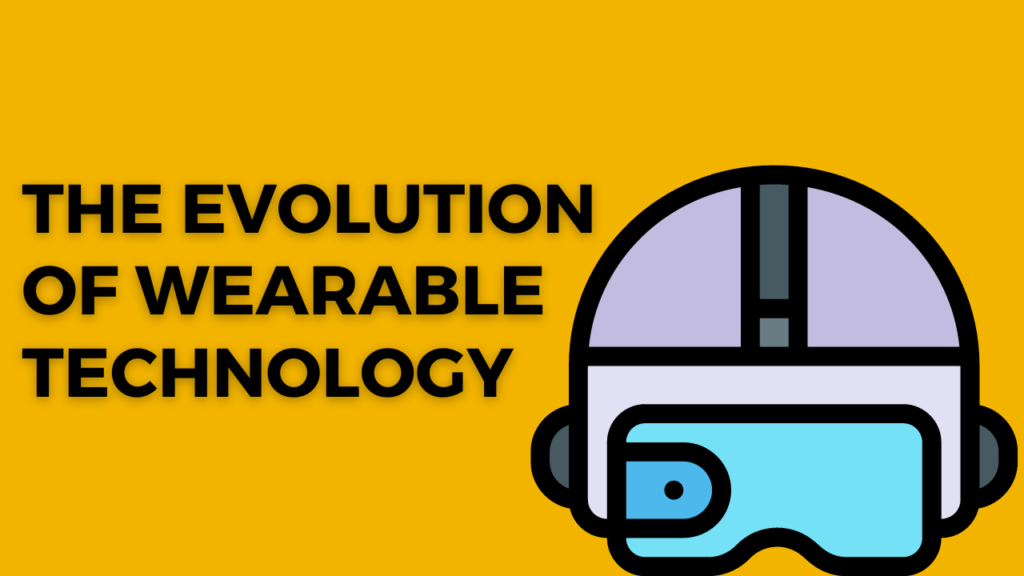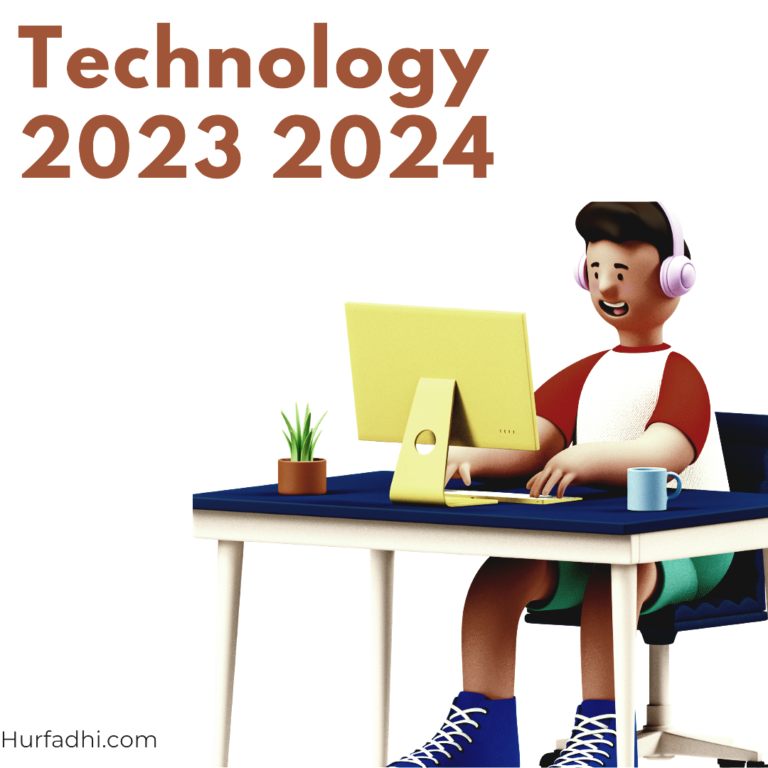The Evolution of Wearable Technology

The evolution of wearable technology has been a fascinating journey, driven by advancements in miniaturization, connectivity, sensor technology, and consumer demand for more integrated and convenient ways to interact with digital information and monitor their health. Here’s an overview of its evolution:
1. Early Stage: Basic Wearables (Pre-2010s):
- Early wearable devices were simple and often focused on a single function, such as wristwatches with basic calculator functionality or heart rate monitors for athletes.
- The concept of smartwatches existed, but they were limited in features and primarily served as extensions of smartphones.
2. Smartwatches and Fitness Trackers (2010s):
- The 2010s saw the rise of smartwatches and fitness trackers from companies like Fitbit, Apple, Samsung, and Garmin.
- These devices integrated advanced sensors like accelerometers, gyroscopes, and heart rate monitors to track fitness activities, monitor sleep, and provide basic smartphone notifications.
- The release of the Apple Watch in 2015 marked a significant milestone, showcasing the potential of combining health monitoring, app integration, and communication in a single wearable.
3. Health and Medical Wearables:
- Wearables began to expand beyond fitness tracking into more advanced health monitoring. Devices like ECG-enabled smartwatches started allowing users to monitor their heart health.
- Medical wearables emerged, capable of monitoring conditions like diabetes, epilepsy, and sleep disorders. These devices provided valuable data to patients and healthcare providers.
4. Augmented Reality (AR) and Virtual Reality (VR) Headsets:
- AR and VR headsets like Google Glass and Oculus Rift introduced a new dimension to wearable technology.
- AR headsets overlay digital information onto the real world, offering applications in industries like healthcare, navigation, and manufacturing.
- VR headsets provided immersive gaming and entertainment experiences.
5. Fashion and Lifestyle Integration:
- Wearable technology started merging with fashion and lifestyle. Companies began producing smart jewelry, clothing with embedded sensors, and even smart fabrics that could monitor vital signs.
- The emphasis shifted from purely functional designs to fashionable wearables that could seamlessly blend into everyday life.
6. Hearables and Smart Eyewear:
- “Hearables” emerged as a category of wearables that combined audio functionality with health monitoring. These devices often included features like fitness tracking and voice assistants.
- Smart eyewear like Snapchat Spectacles integrated cameras and AR capabilities, allowing users to capture moments from their perspective.
7. Future Directions (Beyond 2020s):
- Wearable technology is likely to continue evolving with more advanced sensors, improved battery life, and better data accuracy.
- Integration with AI and machine learning could lead to more personalized health insights and predictive analytics.
- Bioelectronic wearables might enable direct interactions with the nervous system for therapeutic purposes.
- Ethical and privacy concerns regarding data collection, security, and the potential impact on personal freedoms will need to be addressed.
In conclusion, wearable technology has come a long way from its early days as basic wristwatches and heart rate monitors. It has transformed into a diverse ecosystem of devices that enhance various aspects of our lives, from health monitoring to communication and entertainment. The future holds even more exciting possibilities as technology continues to advance.
The evolution of wearable technology has been a remarkable journey, transforming from basic timekeeping devices to sophisticated gadgets that seamlessly integrate into our daily lives. Here’s an overview of its evolution:
- Watches and Pedometers (Pre-2000s): The concept of wearable technology dates back to the 1970s with the introduction of digital watches. Early watches had simple calculators and basic games. In the 1980s, the first pedometers emerged, allowing users to track their steps.
- Bluetooth Headsets (2000s): Bluetooth headsets gained popularity in the early 2000s. They allowed hands-free communication with mobile phones, paving the way for the integration of technology into personal accessories.
- Fitness Trackers (2010s): The 2010s saw the rise of fitness trackers like Fitbit and Jawbone. These devices could monitor steps, heart rate, sleep patterns, and more. They played a significant role in promoting health and wellness monitoring.
- Smartwatches (2010s): Apple’s launch of the Apple Watch in 2015 marked a turning point. Smartwatches combined fitness tracking with smartphone connectivity, enabling notifications, apps, and even mobile payments. Android Wear (now Wear OS) also entered the market around the same time.
- Augmented Reality (AR) Glasses (2010s): Google Glass, introduced in 2013, attempted to bring AR into the mainstream. Although it faced challenges regarding privacy and social acceptance, it laid the foundation for future AR glasses development.
- Health and Medical Wearables (2010s): Wearable devices began to focus on health monitoring beyond fitness. Some wearables could measure blood pressure, glucose levels, and even detect abnormal heart rhythms. These devices had significant implications for medical monitoring and management.
- Fashion and Lifestyle Wearables (2010s): Wearables started blending fashion with technology. Companies began designing smart jewelry, clothing, and accessories that could track activity and offer notifications while looking stylish.
- Smart Rings and E-textiles (2010s): Smart rings, capable of tracking various health metrics, gained attention. Additionally, e-textiles (clothing with embedded electronics) emerged, offering features like temperature control and posture correction.
- Neurotechnology Wearables (2010s): Wearables that interface with the human brain also appeared. These devices could monitor brain activity and offer features like stress reduction through biofeedback.
- Future Prospects (Beyond 2020s): Wearable technology is likely to continue evolving. Advances in materials, miniaturization, and AI will lead to even more sophisticated devices. AR glasses may become more integrated into daily life, serving as personal assistants and enhancing our interactions with the world.
As wearable technology advances, challenges related to data privacy, user acceptance, battery life, and design aesthetics will need to be addressed. Additionally, the integration of wearables with AI, machine learning, and other emerging technologies will define the next phase of their evolution, enabling new applications and experiences.



